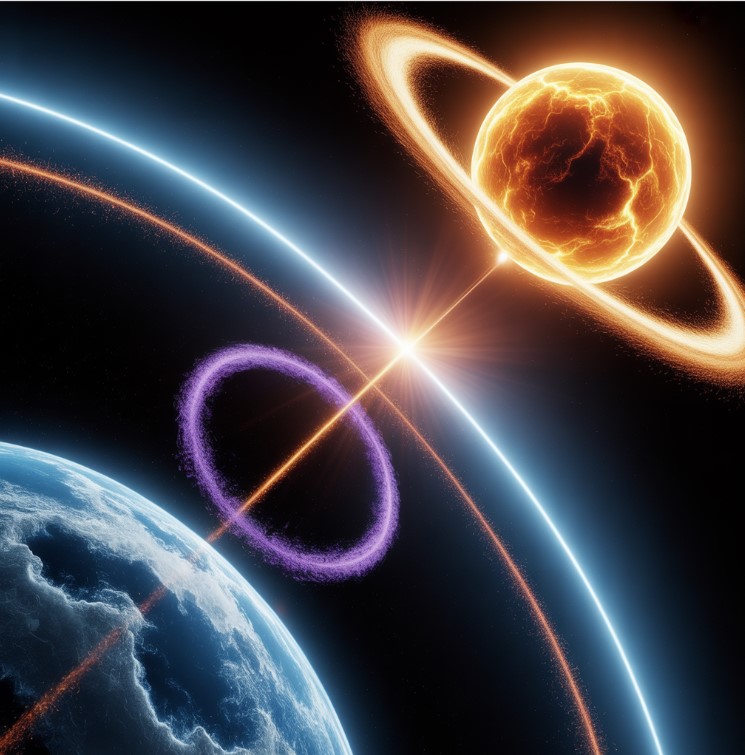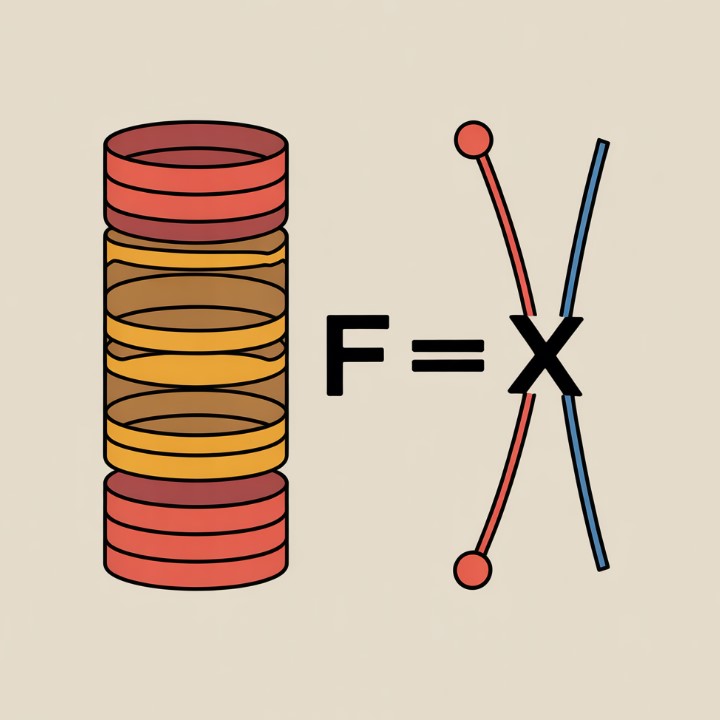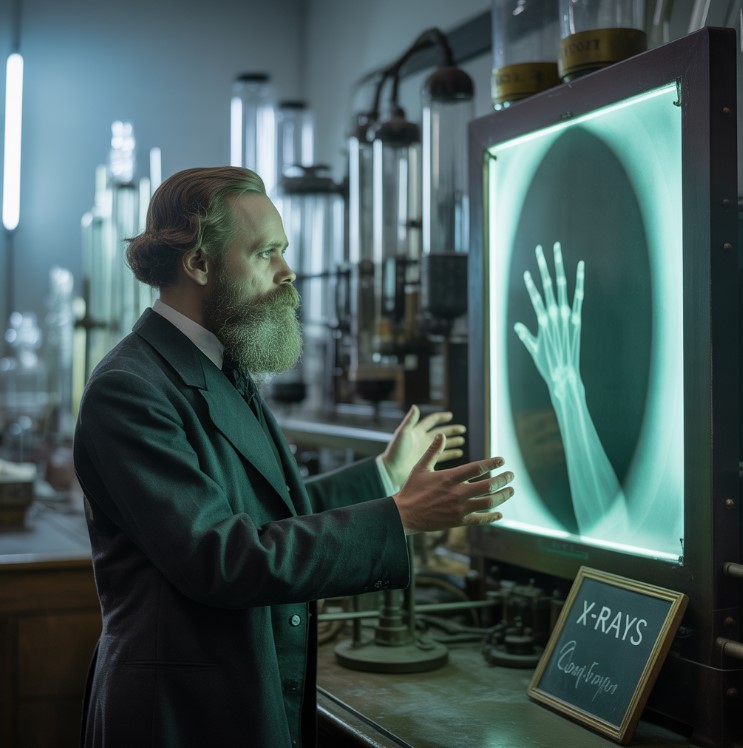Contents
Ever wonder why you can sometimes see tiny specks of dust floating in a beam of sunlight, but nowhere else in the room? There’s a scientific name for that, and it’s used in chemistry and physics, FYI.
It’s called the Tyndall Effect.
So, WTH is the Tyndall Effect?
It’s what happens when light bounces off tiny particles, making the light beam visible.
A scientist from Ireland named John Tyndall figured this out way back in 1869. He noticed that if you shine a light through a jar of dusty air, you can suddenly see the beam of light itself.
That’s because the tiny dust specks act like mini disco balls, scattering the light all over the place. This makes stuff that was invisible suddenly pop into view. You can only see these particles if a bright light hits them from the side. Otherwise, they’re MIA (Missing In Action).
A great DIY experiment is to shine a laser pointer through a glass of water. You won’t see much. But then, shine it through a glass of milk. BAM! You can see the entire beam clearly. That’s because milk is full of tiny particles for the light to bounce off of, while pure water is not.
IRL Examples
- Dust in Sunlight: This is the classic example. You can only see the dust motes when a sunbeam hits them just right.
- Headlights in Fog: When you’re driving in the fog, you can see the actual beams from your headlights cutting through the air. That’s the light bouncing off all the tiny water droplets.
OK, But Why Does It Matter?
This effect is super important, IMO. For starters, it explains why the sky is blue.
Sunlight looks white, but it’s really made of all the colors of the rainbow (think ROY G. BIV). When that light enters our atmosphere, it hits all the tiny gas molecules in the air.
For complicated reasons, blue light gets scattered around WAY more than all the other colors. So, when you look up, what you’re seeing is all that blue light being bounced around and heading into your eyes. LOL.
The basic rule is: L.H.P. = V.B. (Light Hits Particles = Visible Beam)
Here are some other uses:
- Smoke Detectors: Many smoke alarms have a little beam of light inside. If smoke particles get in, they scatter the light onto a sensor, which triggers the alarm.
- Blue Smoke: The blueish color of smoke from some motorcycles is caused by light scattering off the tiny particles in the exhaust.
- In the Lab: Scientists use this effect to measure the size of tiny particles in things like spray cans.
P.S. – A Bonus Fact
BTW, the same scientist, John Tyndall, also discovered the greenhouse effect. He did an experiment and figured out that certain gases in our atmosphere act like a blanket, trapping the sun’s heat and keeping the Earth warm. A real VIP in the science world.







